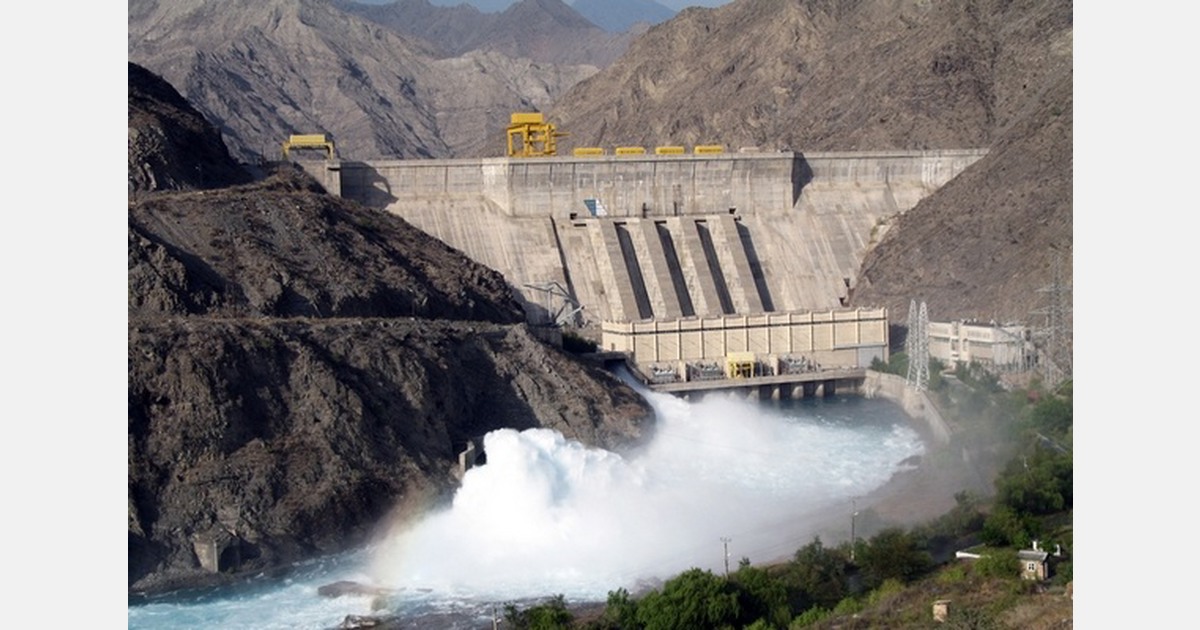
The Department of Water and Sanitation (DWS) in South Africa is calling on Mpumalanga residents to strengthen water conservation efforts following a slight decrease in dam levels across the province. According to the latest DWS weekly state of reservoirs report, overall dam capacity has declined from 100.2% to 100.0%.
Water Management Areas have also shown marginal declines, with the Limpopo-Olifants area dropping from 95.2% to 94.9% and the Inkomati-Usuthu area from 99.5% to 99.4%. District-level data reflects similar trends. Ehlanzeni’s dam levels decreased from 97.8% to 97.7%, Gert Sibande from 101.0% to 100.8%, and Nkangala from 101.1% to 100.8%.
In the Lowveld and Ehlanzeni District, most dams recorded slight reductions. Blyderivierpoort dropped from 100.3% to 100.2%, Buffelskloof from 100.5% to 100.3%, and Driekoppies from 95.1% to 95.0%. Longmere, Primkop, Kwena, and Inyaka dams also saw minor declines. Only Klipkopjes (100.0%), Witklip (100.3%), and Da Gama (100.3%) remained stable.
Gert Sibande District presented mixed results. Morgenstond Dam rose from 99.8% to 100.3%, while Nooitgedacht and Jericho held steady at 100.6% and 102.1%, respectively. In contrast, Grootdraai, Vygeboom, Westoe, and Heyshope dams experienced slight decreases.
Nkangala District also showed varied outcomes. Witbank Dam improved from 100.7% to 101.3% and Middelburg from 97.8% to 98.0%. Rust De Winter remained stable at 101.4%. However, Loskop and Rhenosterkop fell from 101.3% to 100.9% and from 101.6% to 100.9%, respectively.
Despite dam levels remaining relatively high, DWS warns against complacency. South Africa’s status as a water-scarce country means even small drops in capacity are significant. The public is urged to adopt water-saving practices, protect water infrastructure, and report theft or vandalism immediately.
For more information:
Wisane Mavasa
Department of Water and Sanitation
Tel: +27 (0) 60 561 8935
www.gov.za
Source: The Plantations International Agroforestry Group of Companies
